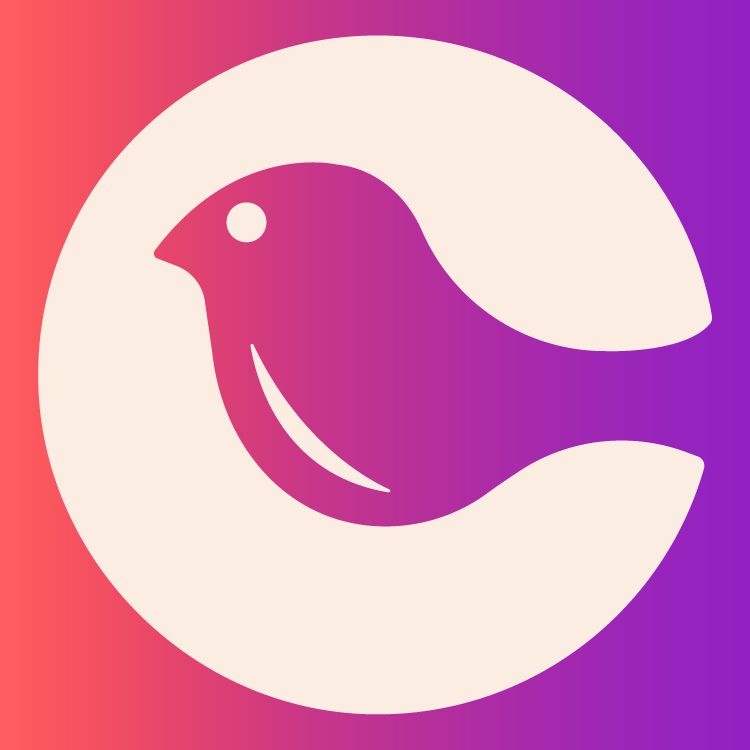Audio Presented by

Courier simplifies triggering and sending notifications from your app with one API and drag and drop UI.
About Author
Courier simplifies triggering and sending notifications from your app with one API and drag and drop UI.

Courier simplifies triggering and sending notifications from your app with one API and drag and drop UI.
Courier simplifies triggering and sending notifications from your app with one API and drag and drop UI.